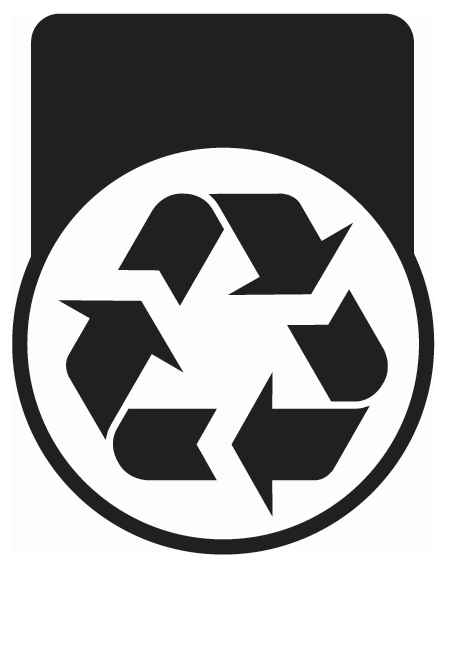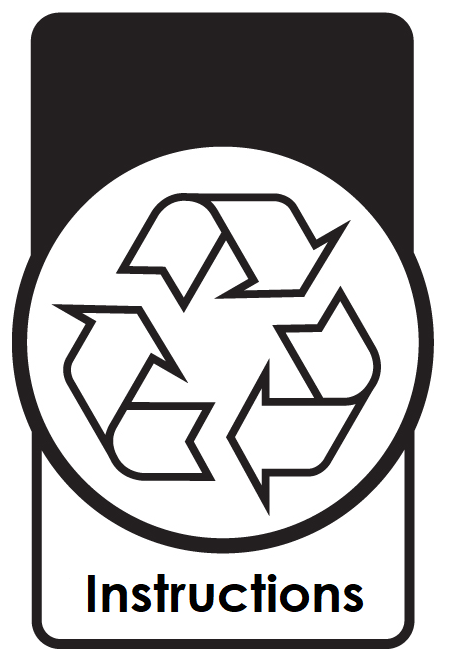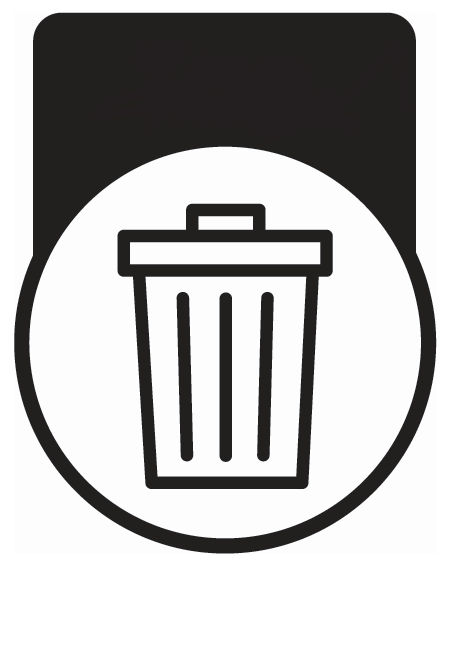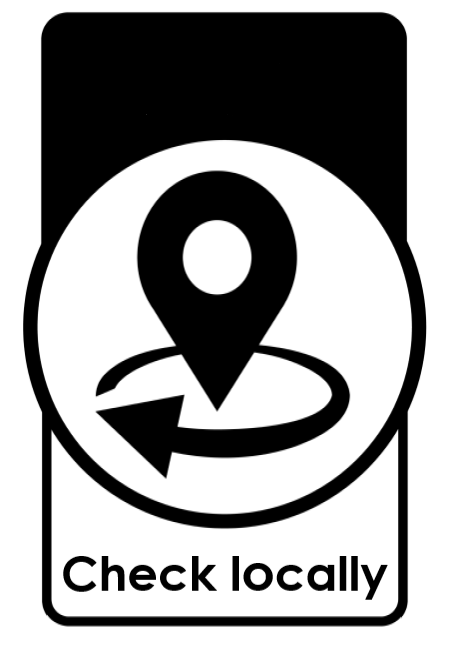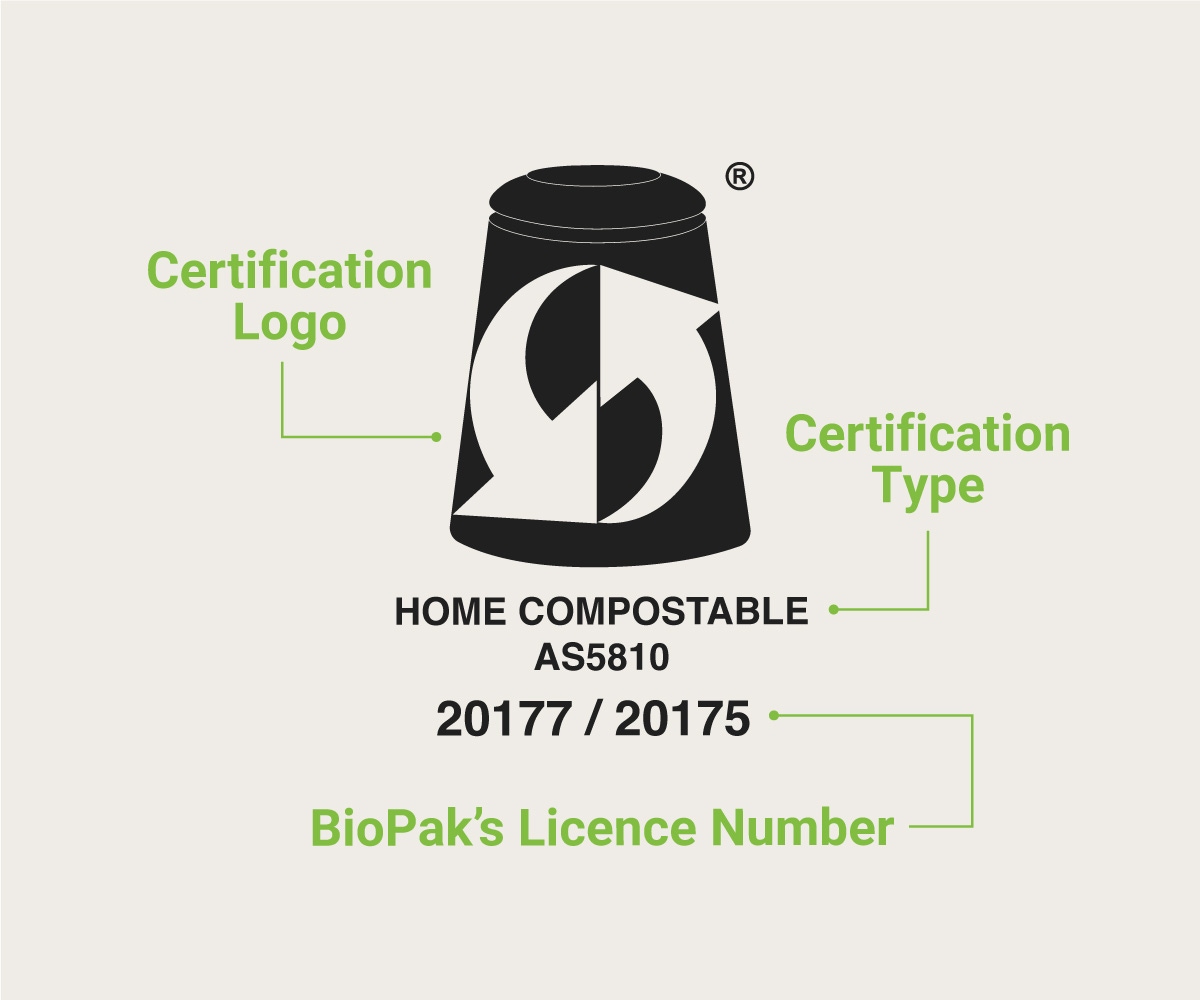The world of recycling can be confusing – and coffee cups are no exception.
Just think back to all the times you ordered your takeaway coffee, savoured every sip, then felt confused as you pondered whether to throw it in your general waste bin, recycling bin or organics bin.
How are you supposed to dispose of takeaway coffee cups sustainably?
Are coffee cups recyclable or not?
In most cases, the answer is no. The Australian Packaging Covenant Organisation (APCO) advises labelling coffee cups as Not Recyclable until further notice.
The reason being? Traditional coffee cups can’t be recycled in Australia because they’ve got a plastic liner. Paper coffee cups can technically be recycled, however, most councils in Australia don’t accept them in household recycling bins because they don’t have the facilities to process them properly.
And unfortunately, given most coffee cups can’t be recycled, many of them wind up in landfill or pollute our environment and waterways.
So, what should a confused and conscious coffee lover do when they’re on the go? Read on.


Why Should We Dispose of Coffee Cups Responsibly, Anyway?
Australia uses and disposes of an estimated one billion coffee cups every year (source).
That’s a lot of cups that can potentially wind up in landfills and pollute our environment and waterways.
So it’s clear – we need a sustainable single-use coffee cup solution (in an ideal world, we’d all use reusables, but that’s not always an option).
Why Are Takeaway Coffee Cups Not Recyclable?
It depends on the type of coffee cup you’re drinking from, but in most cases, takeaway coffee cups aren’t recyclable in Australia.
Traditional disposable coffee cups can’t be recycled as they have a plastic liner. Paper takeaway coffee cups aren’t accepted in most household recycling bins in Australia because the major paper recyclers in Australia don’t yet have the equipment capable of recycling them.
It’s important to add, there are a few councils in Australia that allow paper coffee cups in their household recycling bin and you can check directly with your council for more information. We also have a number of specialised coffee cup recycling programs in Australia like SimplyCups and RecycleMe (more on these in a minute).
If you’re ever unsure, you can use the Recycle Mate app to search and scan your item.
Beware of “Recyclable” Claims
Sadly, many companies in the packaging industry are guilty of greenwashing.
It can be considered greenwashing when products claim they’re ‘recyclable’ but there are no facilities in place to send them to. This only spreads confusion and misinformation.
To combat this, The Australian Packaging Covenant Organisation (APCO) has launched The Australasian Recycling Label (ARL) Program – an on-pack labelling scheme to help you recycle your coffee cups and other packaging correctly.
What Is the Australasian Recycling Label?
The Australasian Recycling Label (ARL) helps Australians and New Zealanders recycle their packaging appropriately.
The program has two main features:
- The Australasian Recycling Label – this is an on-pack label telling consumers how to dispose of packaging components.
- The Packaging Recyclability Evaluation Portal (PREP) – this is an online tool that assesses whether packaging can be sent to kerbside or approved drop-off recycling systems in Australia and New Zealand. It also gives guidance to packaging manufacturers, like BioPak, on how to design packaging that is recyclable at end-of-life.


Different Types of ARL
Here’s a breakdown of the different Australasian Recycling Labels, assigned by APCO in conjunction with the Australian government.
What Is the PREP Tool?
To determine which label a packaging product gets, APCO developed a strict tool called the PREP tool. This assesses how packaging can be collected, sorted, reprocessed, and reused in manufacturing in Australia and New Zealand – and ultimately determines which label a packaging item should get. Unfortunately, you have to be a paid member to access the PREP tool reports.
How To Responsibly Dispose of Takeaway Coffee Cups
So is landfill the only option for takeaway coffee cups?
Thankfully, no.
There are a number of specialised recycling programs for coffee cups. This includes Simply Cups and RecycleMe.
- Teaming up with 7-Eleven, Simply Cups has over 1,400 spots to drop off takeaway coffee cups, even compostable ones. There's good news too – Simply Cups might get a special ARL recycling logo this year (but remember, this doesn't mean you can recycle these cups at home, they still need to go to a participating venue).
- The RecycleMe initiative is a coffee cup recycling program specific to only RecycleMe branded cups with collection bins located in participating outlets.
While single-item collections like these are a big step in the right direction, they don’t solve the problem on a large scale.
That’s why we believe composting is the best end-of-life solution for takeaway coffee cups, allowing certified home (AS5810) and industrially (AS4736) compostable packaging to be turned into nutrient-rich compost. It’s a sustainable and cost-effective solution.
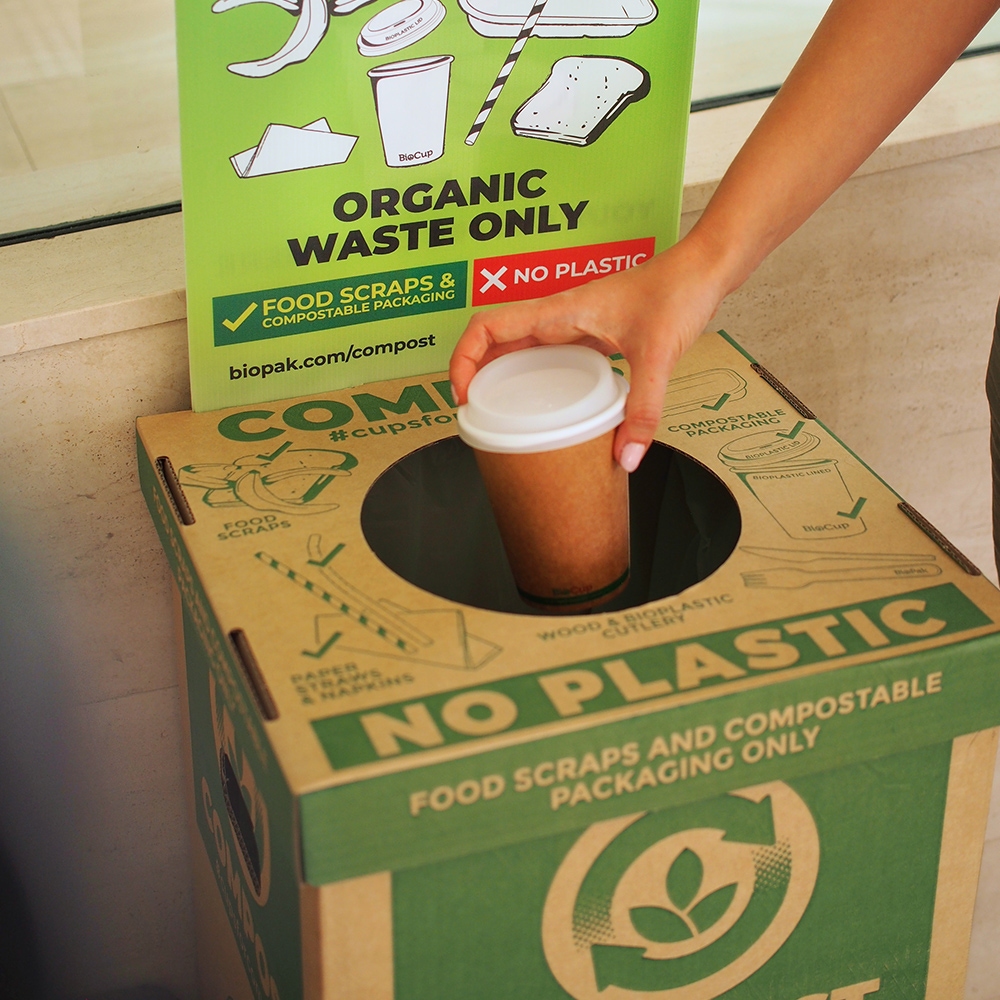

Introducing Certified Compostable Takeaway Coffee Cups
Composting is technically a form of recycling – organics recycling! At BioPak, we see composting as the most viable solution for disposing of takeaway coffee cups.
Certified compostable coffee cups are often made from plant-based materials designed to rapidly biodegrade in a home or industrial compost facility (for example, PLA bioplastic is made from corn starch).
But just like the ARL logo for recycling, you should look for compostable certifications, too. There’s only one source of truth in Australia and New Zealand in relation to a product’s compostability claims: the Certified Compostable Logo from the Australasian Bioplastic Association (ABA).
Below, you can see an example of the ABA Home (AS5810) and Industrially (AS4736) Compostable Logos. Look for one of these two logos AND the company’s sub-licence number stated underneath. For example, at BioPak, our home compostable licence number is 20176/20177.
Any product with the correct industrially compostable logo can be sent to an industrial facility, and any product with a home compostable logo can be thrown in your backyard compost.
Meet Aqueous — BioPak’s Certified Home Compostable Coffee Cup Solution


At BioPak, we deliver both certified home compostable and certified industrially compostable foodservice packaging.
Excitingly, our new certified home compostable coffee cups (AS5810) have landed.
Our certified home compostable coffee cups (AS5810) are made with an aqueous coating — a water-based dispersion coating that gets absorbed into the cup’s fibres. And when you pair that with our home compostable sugarcane lids, you have a totally home compostable cup.
How To Dispose of Compostable Cups
Our certified home compostable cups have gone through a strict test regime to make sure they’ll start to break down within 180 days and completely disintegrate after 12 months. That means you can throw them in your backyard compost and they’ll return to the soil.
But we can’t speak on behalf of all manufacturers. Always look for the home compostable logo on the product, and more importantly, the company’s specific licence number. This number can be verified in the Australian Bioplastics Association database.
The Wrap Up – Are Coffee Cups Recyclable?
In most cases, coffee cups can’t be sent to the traditional recycling stream in Australia. That’s why we see compostable cups as a viable future solution. Now with the development of aqueous cups and sugarcane lids, we have a completely home compostable coffee cup solution!
Are you a business that wants to make a difference?
Discover our home compostable range here.
Learn more about aqueous cups.










